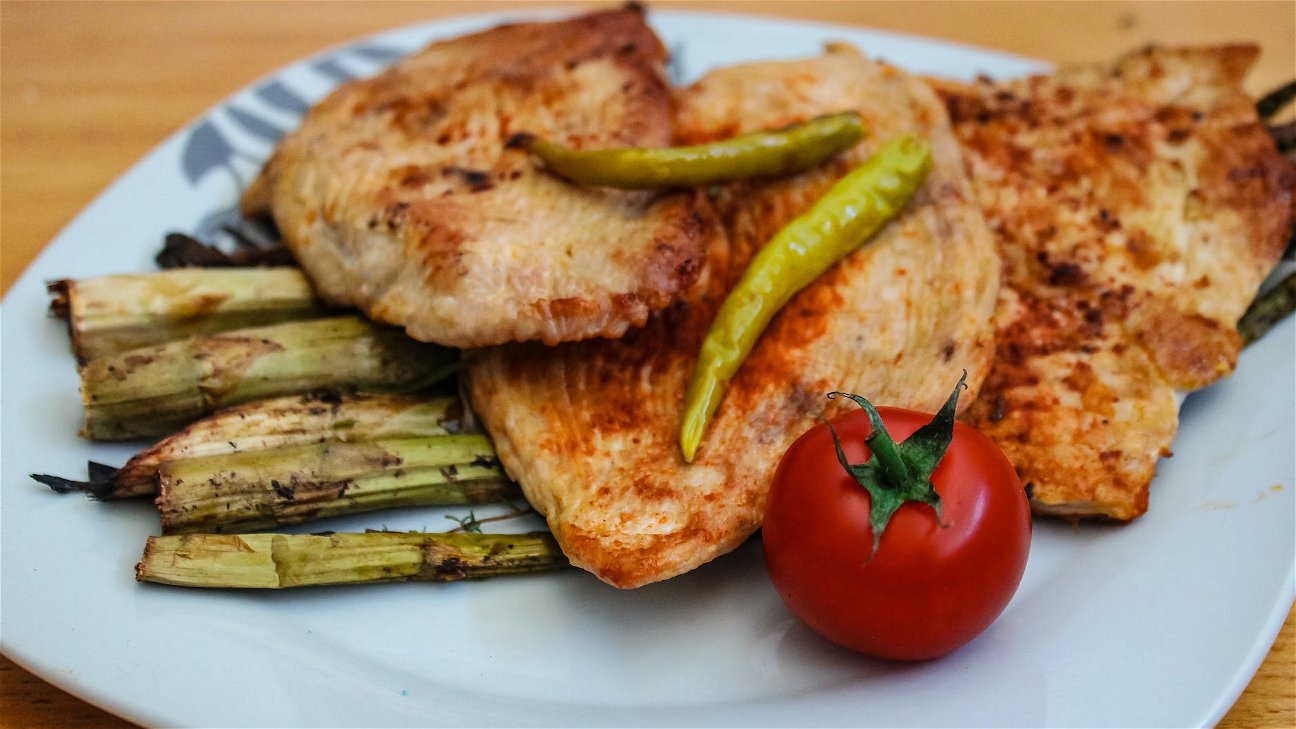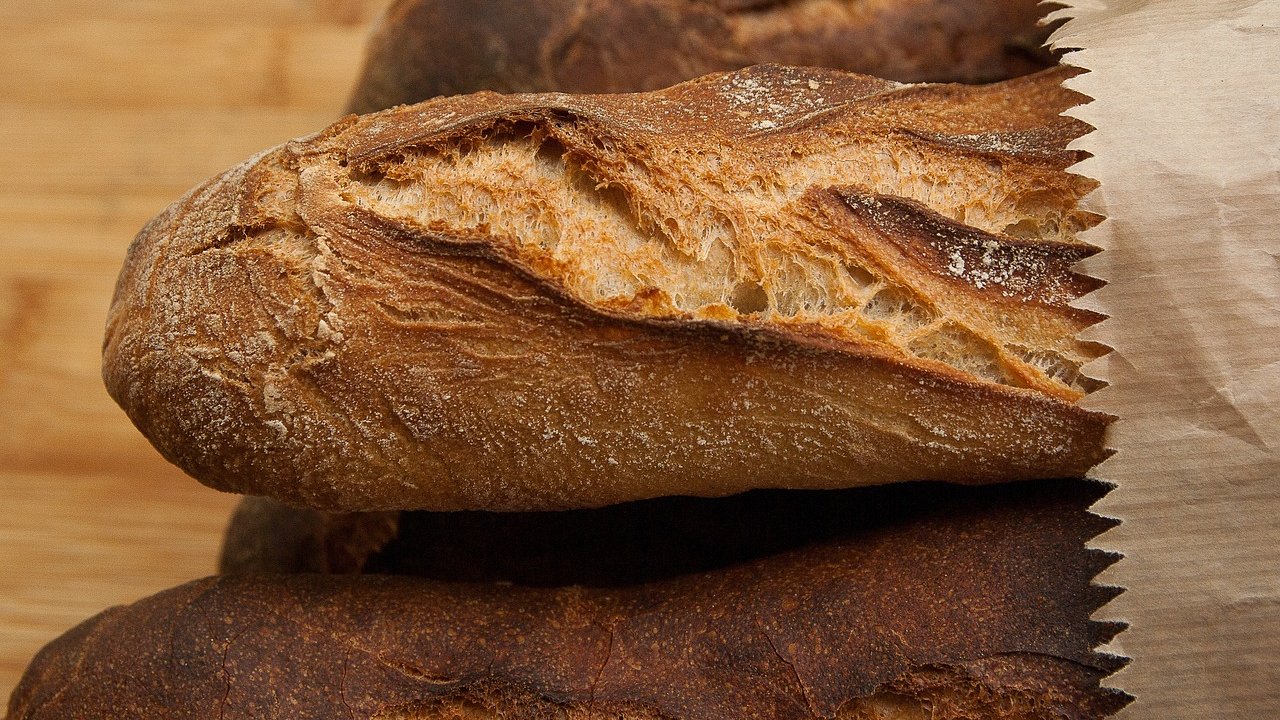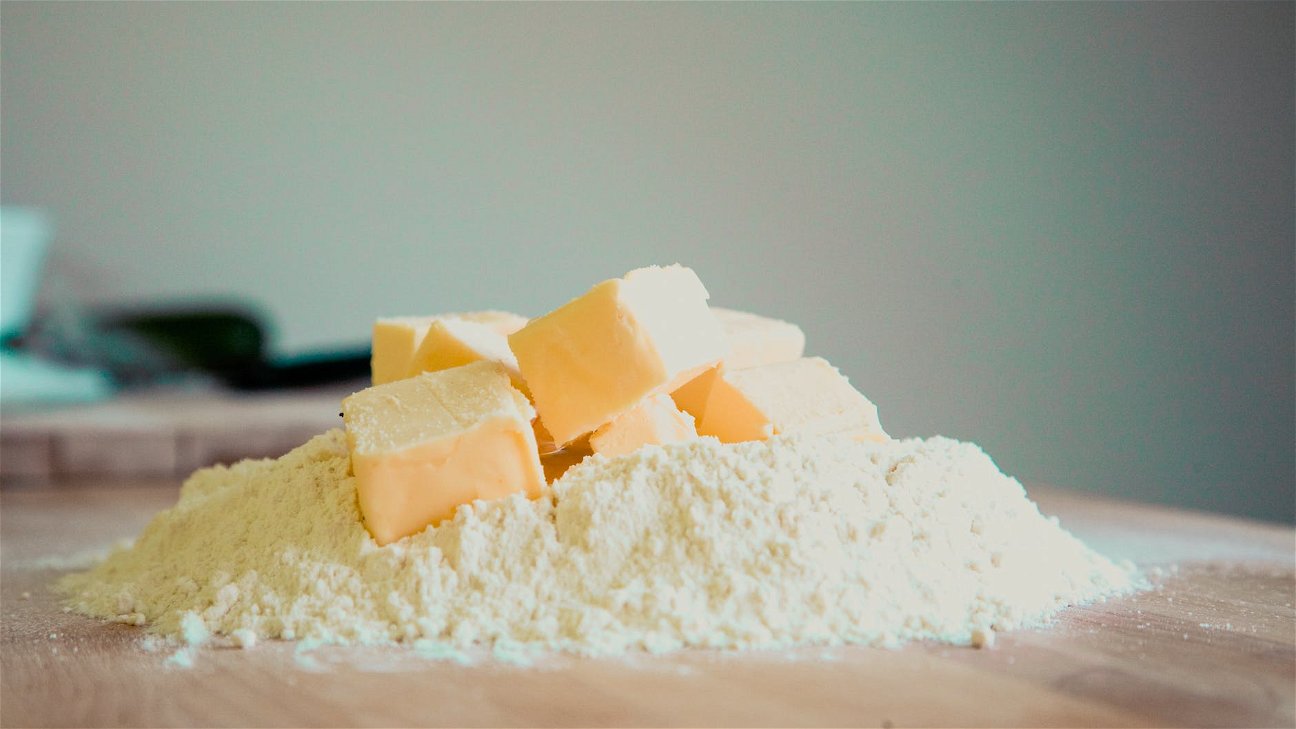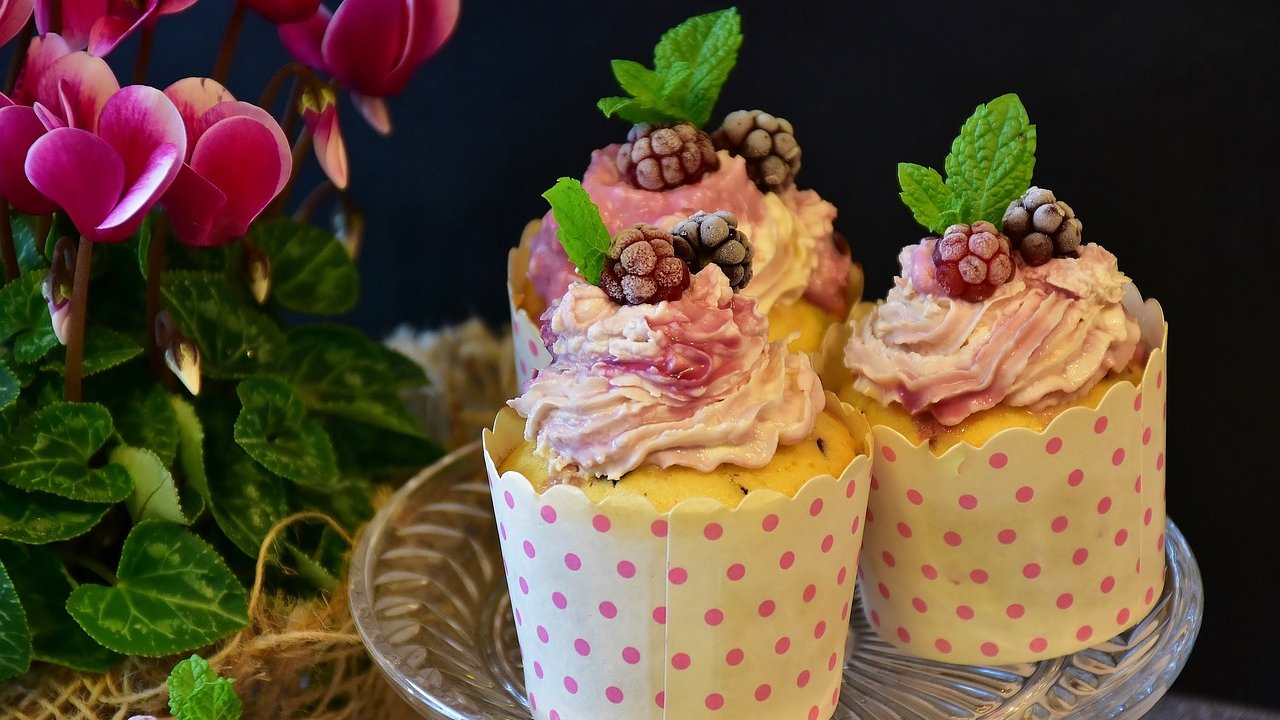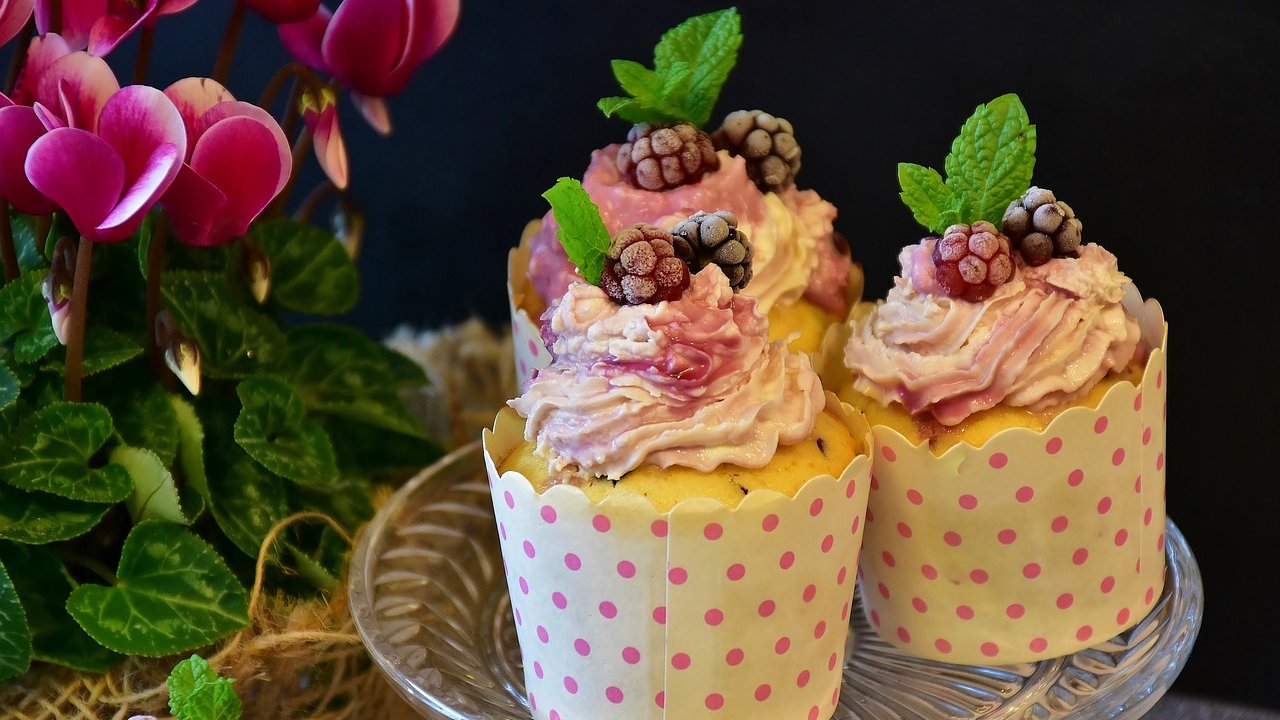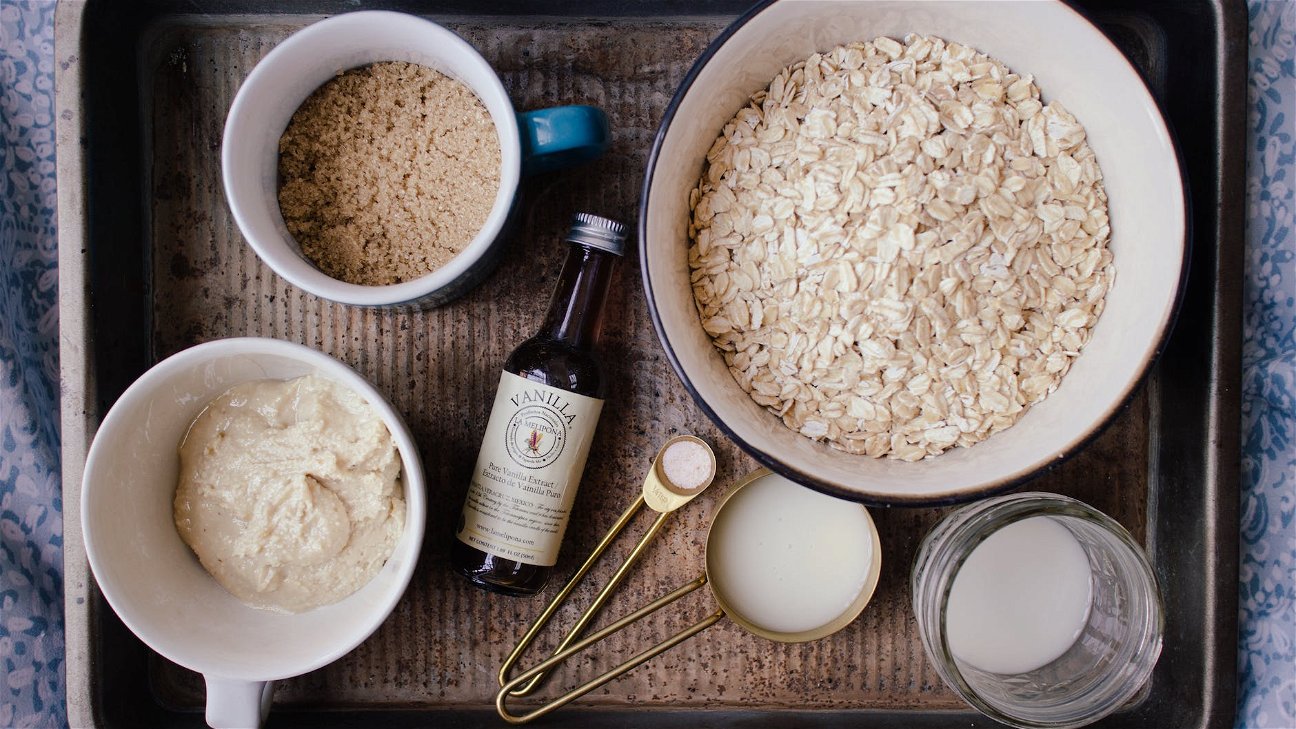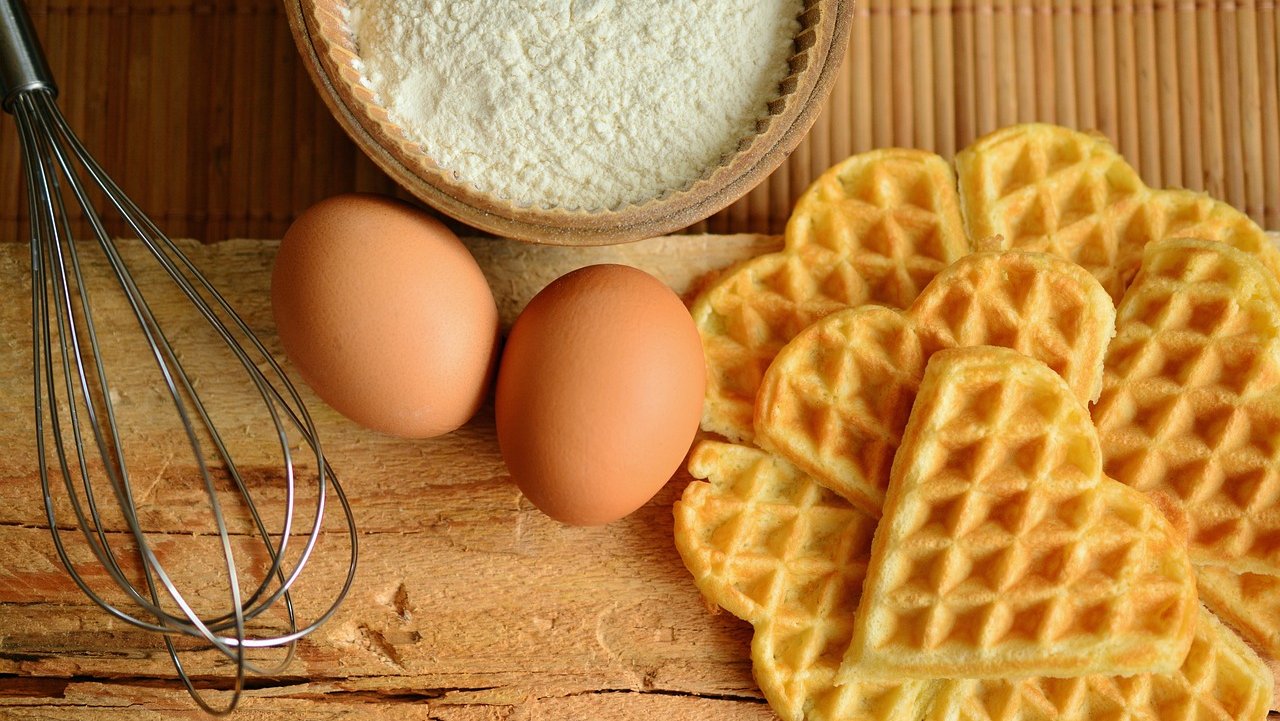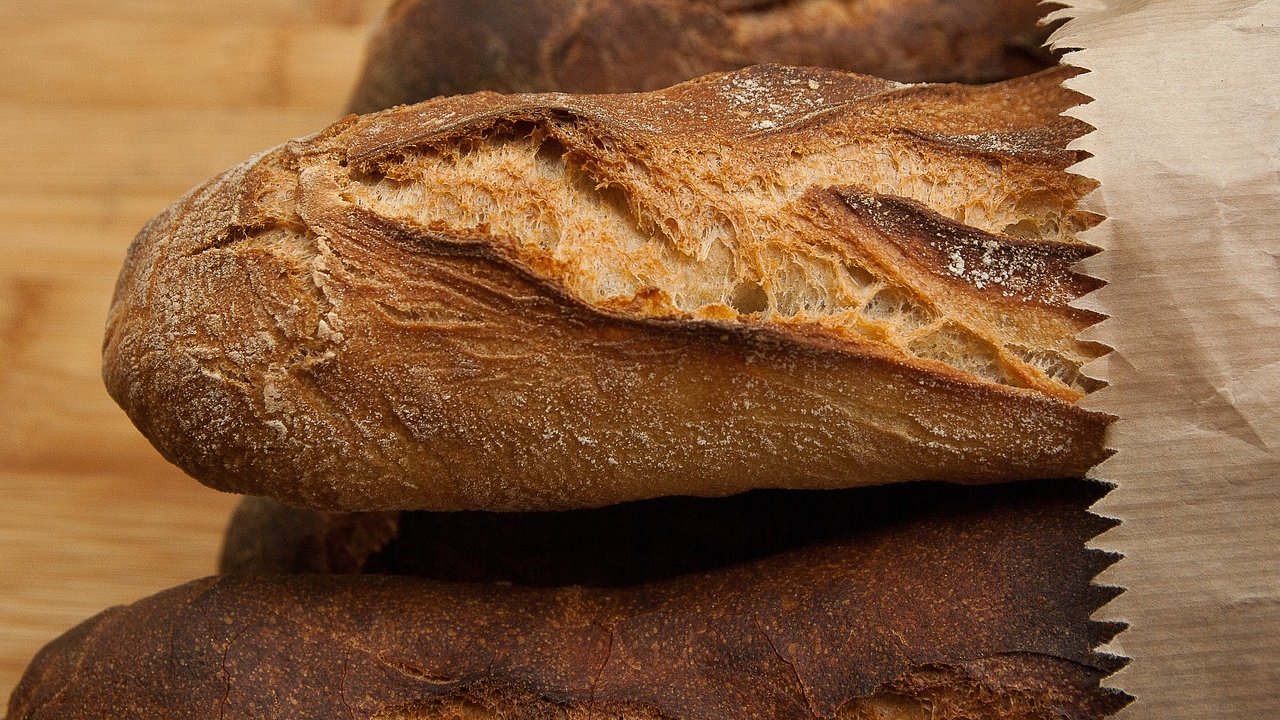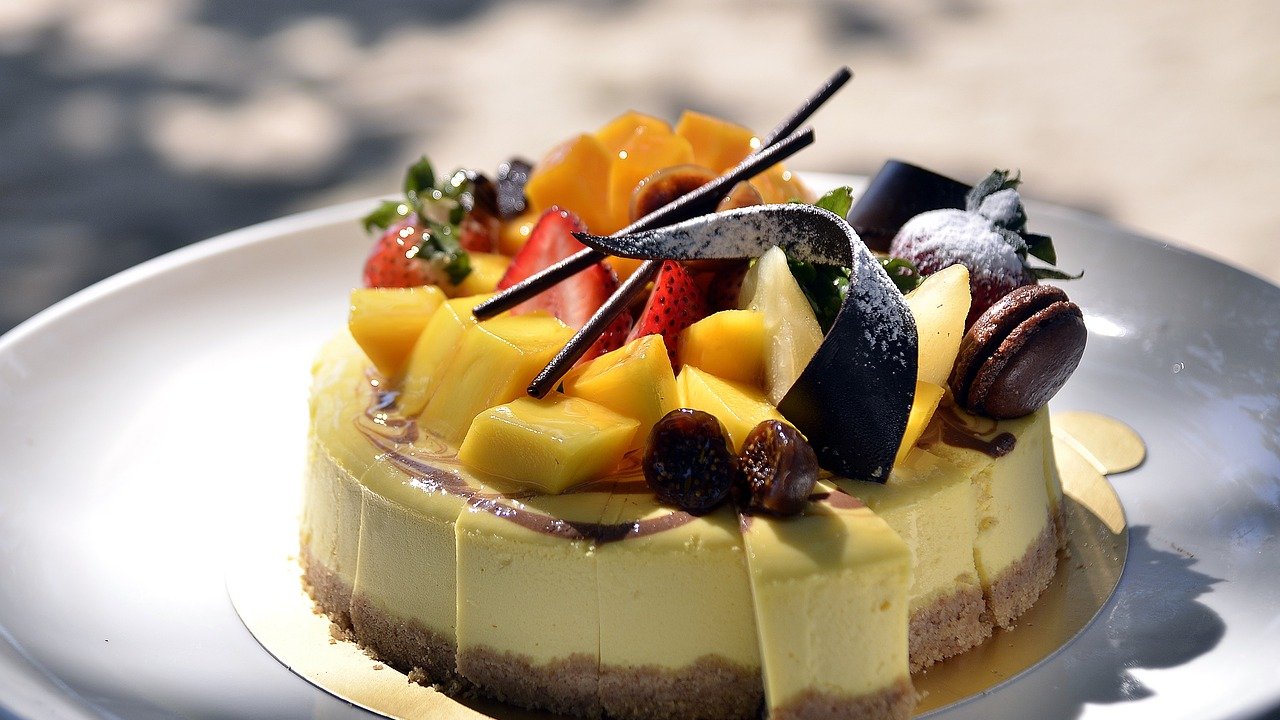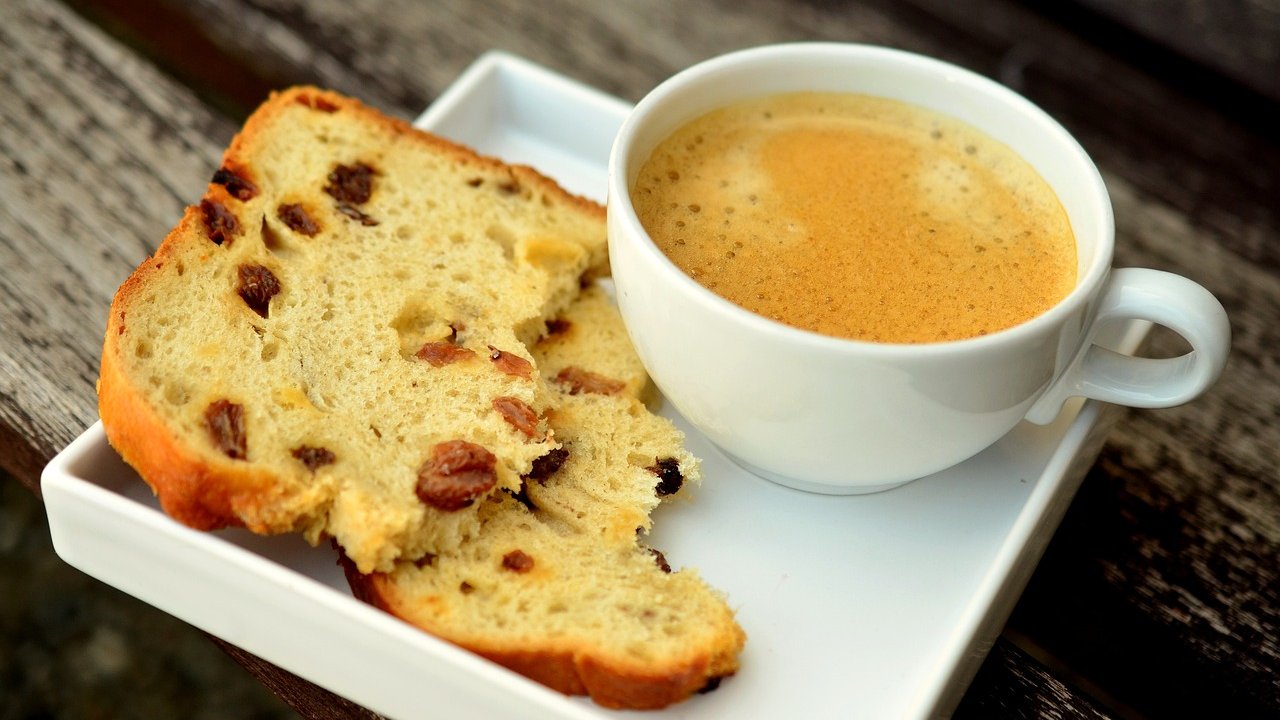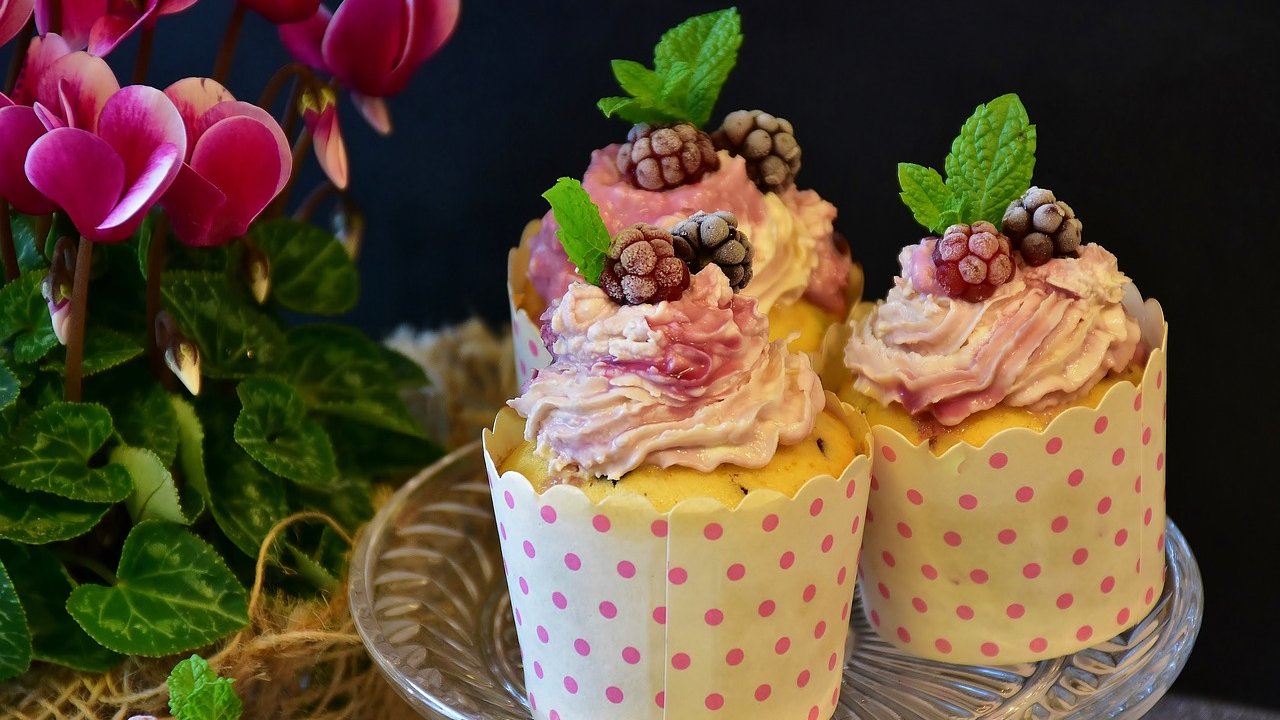
Africa, a continent known for its rich cultural diversity, also boasts some unique and fascinating baking traditions. From the north to the south, there are countless recipes and techniques passed down through generations. In this article, we'll dive into five such traditions, exploring the methods, ingredients, and history behind them.
Ethiopian Baking Methods
Ethiopia, known for its Injera, a sourdough-risen flatbread with a slightly spongy texture, uses a unique baking method. The dough is fermented for up to a few days before it's spread on a circular clay griddle called a Mitad. This fermentation process gives Injera its distinct tangy flavor.
Moroccan Baking Styles
Moroccan cuisine is famous for its flavorful bread, known as Khobz. Baked in traditional clay ovens, or tanours, Moroccan bread is often flavored with anise and sesame seeds. Moroccan pastry, such as the sweet and flaky Pastilla, is another staple of Moroccan baking.
South African Baking
South Africa's baking tradition is heavily influenced by the Dutch colonization. The Melktert, or 'milk tart', is a popular dessert with a sweet pastry crust and a creamy custard filling. Another South African favorite is Rusks, double-baked bread pieces that are dipped in coffee or tea.
Traditional Nigerian Buns
In Nigeria, one popular baked good is the Nigerian bun. Made from flour, sugar, and eggs, these buns are deep-fried rather than baked in an oven, offering a different take on 'baking'. These sweet, fluffy buns are a common street food and often served at celebrations.
Kenyan Maandazi
Kenya's baking style is epitomized by Maandazi, a kind of East African doughnut. They're slightly sweet, spiced with cardamom or coconut, and deep-fried. Maandazi are usually eaten for breakfast or as snacks with chai tea.
Through these examples, we see that baking traditions in Africa are as diverse as the continent itself. From Ethiopian methods to Moroccan styles, South African influences, and Kenyan delicacies, every region offers unique flavors and techniques influenced by its history and cultural heritage. Whether it's through the use of specific ingredients, cooking tools, or baking methods, these traditions tell a story of the people and their relationship with food. While they may differ, they all share a common thread - the love and passion for baking.
